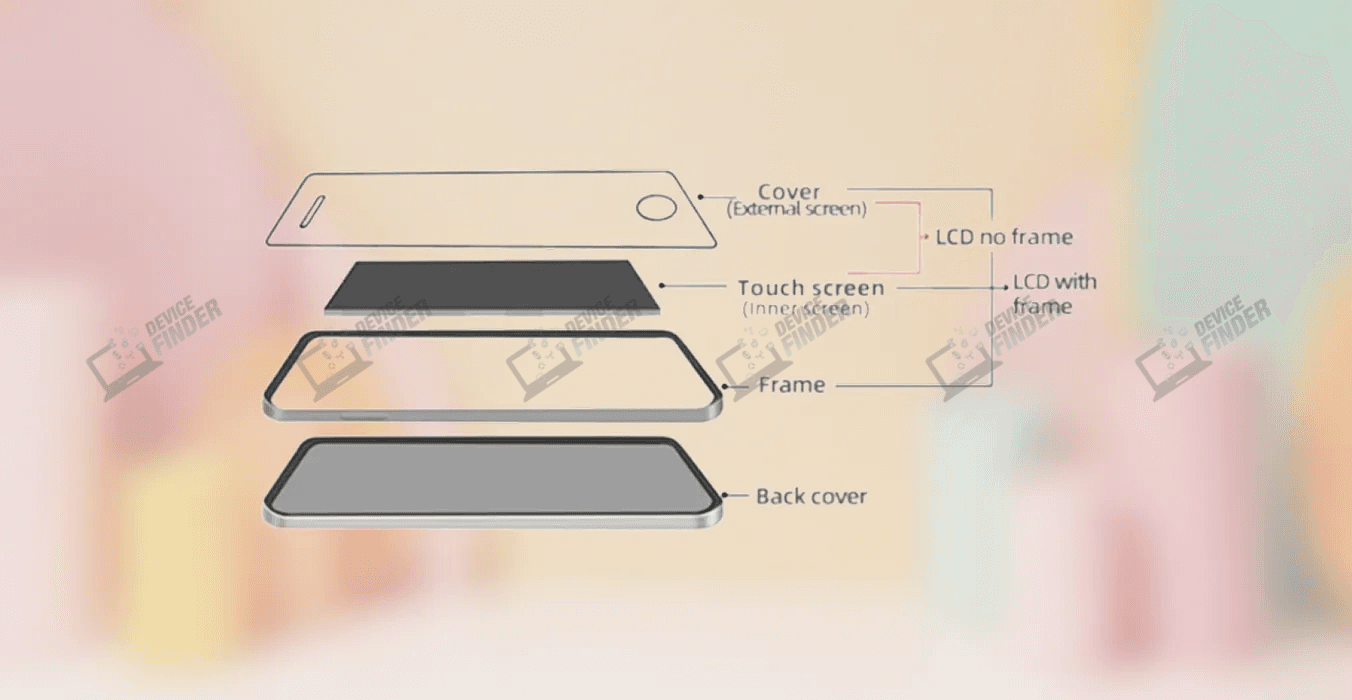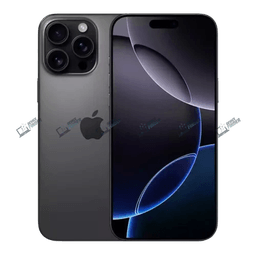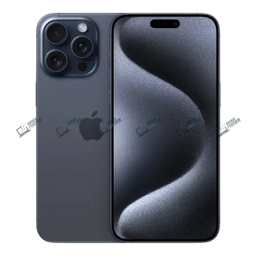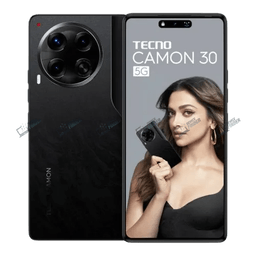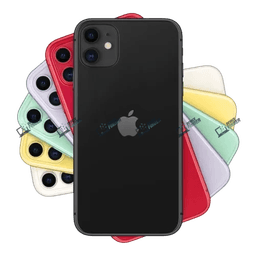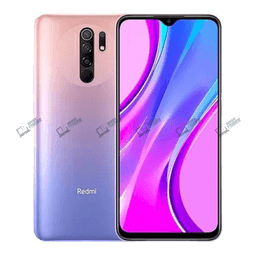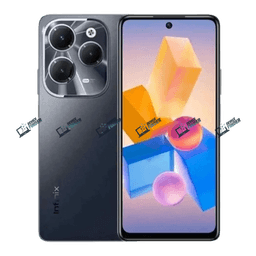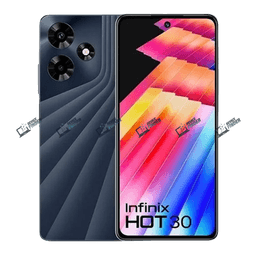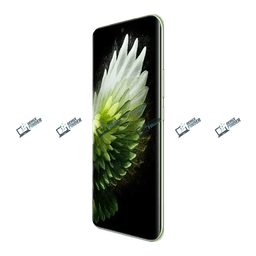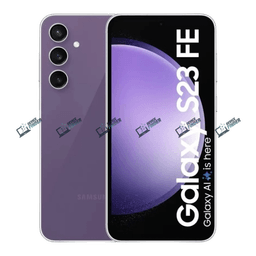The display of a smartphone is arguably the most significant feature that impacts on the overall user experience. Liquid Crystal Displays (LCD) are one of the most common display technologies. The LCDs have a good reputation for being affordable, having accurate colors, and efficient. This makes them an excellent choice for budget or mid-range phones. Price is a major factor in Bangladeshi purchasing decisions. LCDs offer an excellent performance for a reasonable price.
Liquid crystals are sandwiched in between two layers either of plastic or glass to create LCD technology. When an electric current passes through the crystals, they align and modulate light to produce images. Although OLEDs and AMOLEDs are commonly seen on high-end devices, LCDs still offer a solid alternative with their vibrant colors, sunlight visibility and energy efficiency.
In Bangladesh, popular smartphones such as the Samsung Galaxy A32 or Xiaomi Redmi 10, have LCD screens. They offer users an option which combines cost-effectiveness with performance. LCD screens are still popular due to their practical advantages. Understanding how they work can also help you make better purchasing decisions.
